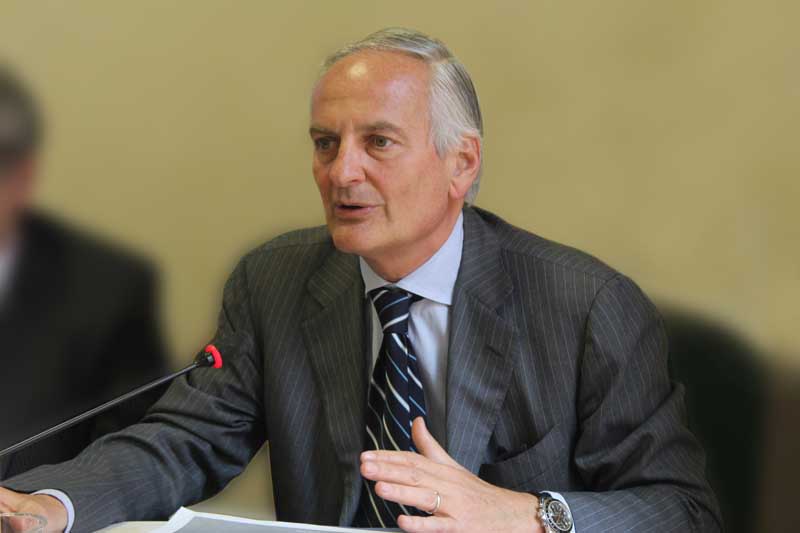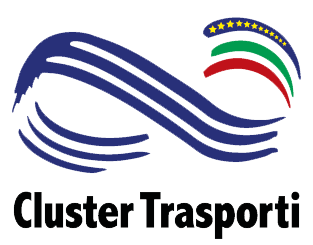A simpler, safer and more sustainable logistics: Ennio Cascetta’s speech in Corriere della Sera

Published 9 December 2021
Transport in Italy causes about 25% of Co2 emissions, but not uniformly. The transport of goods pollutes much more than passenger transport: 40% of the sector’s emissions are due to goods, while the fleet of trucks used is less than 8% of the total.
These data were reported by Ennio Cascetta, president of Cluster Trasporti Italia and full professor of Infrastructure and Transport Systems at the Mercatorum University, in a recent article published on the newspaper Corriere della Sera.
Cascetta stressed that for some consumer goods, the CO2 generated for distribution is double compared to that emitted for production, “therefore it is useless to invest to make production more sustainable if we do not worry about knowing the emissions caused by our logistic choices”, specified the president of the Cluster.
Cascetta therefore calls for a cultural reform that focuses on some fixed points to define a “3S logistics”: simple, safe and sustainable.
The recipe identified for this indispensable turning point should go through forms of sustainability incentives (for example within tenders) but above all through a battle to reduce the transport of air, which is “by far the most transported goods”.
A path that can be facilitated thanks to technology: “We can imagine multi-user transport services, create reward systems (carbon credits) or penalties (carbon tax) – reported Cascetta.
On the other hand, the situation in Italy presents a truck fleet that is still very polluting: over 66% of the vehicles are Euro 4 or pre-class and the fleet renewal rate is slow despite public contributions.
But today, in the post-pandemic, “one can imagine a smart policy of incentive for scrapping” concluded Cascetta.


